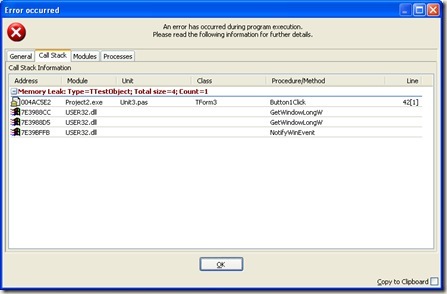One of the goals for me in 2008 is to bring my production environment over to a virtual machine.
That should give the following benefits:
1. Complete installations can be backed up, so if a future update fails, it is easy to step back in time. (Less downtime)
2. It is easy to make multiple backups, with multiple states of the installation.
3. It is easy to take you complete production environment with you.
4. More flexible for setting up new software without hurting your existing software. (Testing new technologies etc.)
The benefits are clear, more secure, less downtime in case of an event, and more flexible.
First question that comes to mind thinking about going virtual is:
How to set up a VM environment as efficient as possible?
The answer to this question is, of course, specific for each situation. Because I have never done this, I will share with you how I think about settings things up. If you have any tips, please step in!
I use, the two major IDE's in the market today, for my development, namely CodeGear RAD Studio and Microsoft Visual Studio. The latter is for .NET development only, and mostly ASP.NET development.
So I think about setting up two seperate VM's: (They will be based on Windows XP pro)
1. Delphi VM
- Delphi 7 (for older projects)
- BDS 2006 (.NET personality for Winforms .NET 1.1 development)
- RAD Studio 2007
- Delphi third party components
- Visual SourceSafe for version control
2. Visual Studio VM
- Visual Studio 2005 (Winforms/ASP.NET developement)
- Visual Studio 2008 (future...)
- Third party components
- Visual SourceSafe for version control
On each VM I completely install all necessary software and components. After that I will backup those VM's as the basic production environment setups. With each future update (IDE, components), I will update those basic environments also, keeping them up-to-date. If an update fails there is no problem, just use the last backed up clean environment.
The source code and SourceSafe
On the hosting machine, my laptop by default, I will install all other necessary applications, like Microsoft SQL Server, Office etcetera.
I will keep my application source codes located on the hosting machine, which I can reach in my VM through shared folders. Doing this, I can backup them as usual. With Visual SourceSafe in VM, I can check out files on my laptop, and alter them within the VM.
Well just some thoughts about setting up a development VM.
Happy new year!!






